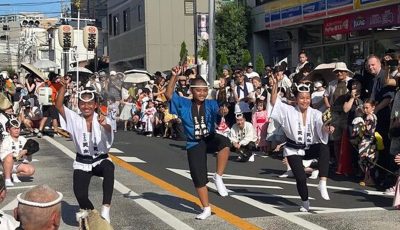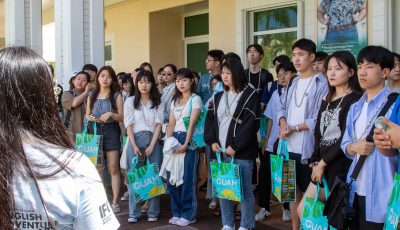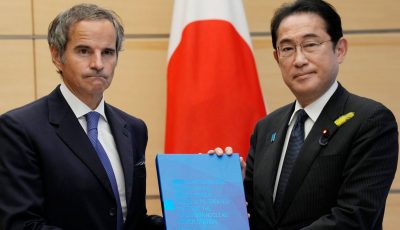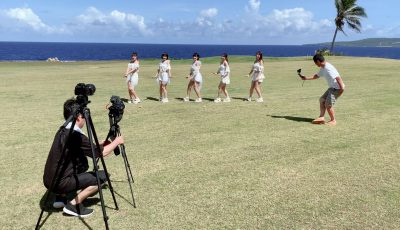Hiroshima Hibakusha
Hiroshima died. It rose again from the dead. Resurrection is a theological term of Western upbringing. It is the appropriate term for a city that felt the brunt of the untested uranium bomb that exploded over its skies on the tail end of World War II, vaporizing thousands of breath in an atomic flash.
Shinzo Hamai is not a name known widely in historical accounts but he led Hiroshima recover from the devastation of the atomic bomb without remorse or retaliation, on the steady focus of reparation, restitution and repair. He presided over the slow but sure reconstruction of the city as a volunteer at first, then an appointed deputy, until he was elected mayor.
A uranium A-bomb targeted the Aioi bridge of Hiroshima that left behind folks who survived the bomb, called Hibakusha. A son of one, Kazumi Matsui, born in the ’50s, is current mayor since 2011. The hibakusha, a humble group of people, were known for developing guilt for surviving a disaster, of being alive when kin and kindred spirits were dead. The highly suicidal society of Nippons are known to commit seppuku or harakiri, inflicting pain on themselves to maintain honor and save the oriental “face.” Pain inflicted inward was refined from the bushido code of the fallen samurai.
During the American occupation, published works on Hiroshima and the atomic bomb were confidential; even John Hersey’s novel in 1946 on Hiroshima that won him the Pulitzer Prize was banned. Otherwise knowledgeable bodies denied the effects of radiation until 1951 when the U.S. occupation forces finally recognized Japan’s independence.
Hiroshima by the bay is now a modern city on the southern end of Honshu where the Genbaku Dome of the Peace Memorial Park (genbaku = atomic) survived the rest of the city structure’s crumbling after the explosion. Prominent sites for visitors include the formal Chinese-style Shukkei-en garden, and the fortress Hiroshima castle surrounded by a moat and a park.
Much as I am uncomfortable over Shinzo Abe’s bluster, he is just acting out the ordinary Nippon sentiment. For a people whose public story has been to be laid back and let the rest of the world inflict their pain in the aftermath of the Meiji’s reform and restoration out of guilt—or at least walk all over them in light of Manchukuo’s military arrogance in the march into Manchuria and the creation of Asia’s co-prosperity design with Nippon characteristics—Abe is done performing harakiri on its national psyche. Japan is technologically well among the nations of the world, with many achievements it is proud of.
Oleander (unrelated to the olive Olea) is the city’s flower, ironically and totally toxic but was first to bloom after the atomic bomb. In a culture where the real take a back seat to appearances, the oleander is an appropriate flower for both the appearance of beauty and the reality of toxicity.
The okonomiyaki is the region’s favored dish, a pancake containing a variety of ingredients, sometimes just mashed together, or each ingredient layered one after the other. The name is derived from okonomi, “what you like,” and yaki, “grilled” or “cooked,” thus essentially cooking what you want! Or it’s a pleasure to grill you!
Forsaking toxicity for beauty, Hiroshima has the oleander, and will pancake for anyone whatever they like, mashed or layered. Definitely a modern city, it does not hesitate to design images to influence human behavior. The urban centers of the world today are places for show. Imelda Marcos of Manila used billboards to hide barong-barong neighborhoods that tourists readily see three flights up in their Bay view hotels.
Programmed images determine our behavior. Go to any shopping center and every marketing effort aims at convincing a consumer of the savings they will receive from a purchase. A friend showed me a new pair of shoes she bought at a savings of $70 on a $100 item that she got for $30. I asked, “Do you need a new pair of shoes?” “No,” she answered, “but I just got me a pair on the cheap. I saved $70.”
I did not have the heart to tell her that she did not save $70; she spent $30! All the shoppers of the world walk out of a mall nursing all the savings they made in their minds without regard to the reality that, in fact, they spent rather than saved!
Hiroshima has become a peace city. A poignant story of Sadako Sasaki tells of a 2-year-old thrown by the force of the bomb at a mile from ground zero. Unscathed, she and her mother were nevertheless caught in the black rain that caused leukemia among many Hiroshima survivors, including Sadako. She was hospitalized for a worsening condition when she was 10 and, while waiting for the inevitable, Sadako folded a thousand origami cranes. She died at 12. Japan dedicated the observance of Peace Day on Aug. 6 in her honor.
Hiroshima does not hide behind “savings”; it lives on the sheer decision to never again have human intelligence at the mercy of atomic power. Coincidentally, Saipan’s liberation festivities went by “Peace in Diversity.” Peace!



























